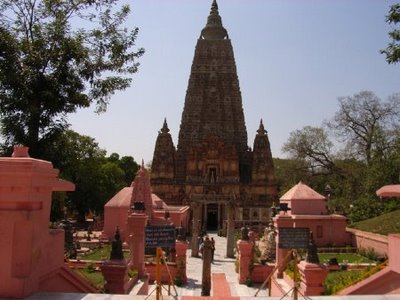
The Bawa boys were like Sri Lankan royalty. Geoffrey Bawa was a prolific and world famous architect and his older brother, Bevis Bawa (yes, that's right), a celebrated landscape architect, artist, social gadfly and bonvivant.
Geoffrey was known for his love of bringing the outdoors inside and vice-versa in his open plan designs His work was characterised by the creation of long vistas, breezeways and galleries - often flowing into open spaces or courtyards. Check this open air gallery/corridor at the Lighthouse Hotel in Galle.

 .
.
His elder brother Bevis was an interesting character. Born in 1909 to a Sri Lankan father and a Dutch descended mother,at 6 foot 7 inches he stood out from the crowd, shall we say - especially amongst the diminutive Sri Lankans. His bolthole was "Brief Garden" about 10 miles inland from Geoffrey's Bentota Beach Hotel. Why "brief" ?? I expected something romantic from an artist - maybe brief love, brief life etc, but no...turns out his father was a very successful criminal lawyer and he bought the property with the income from one "brief" or case.
Bought as a rubber plantation, BB turned it into a lovely garden and built his house on top of the little hill at its centre. It became an ornament to Sri Lankan social life and a bit of a staging post for itinerant luminaries, such as his mates, the Duke of Windsor, Laurence Olivier and Vivienne Leigh. The Oliviers stayed there while "Bridge over the River Kwai" was filmed. Leigh was also there for a while during the filming of "Elephant Walk" but then had her famous nervous breakdown and was replaced by Elizabeth Taylor, I think.
Lots of artists passed through, including Oz artist Donald Friend, the one who lived in Bali all those years.
 Friend is said to have come for 6 days and stayed 6 years. Bawa eventually built him a little cottage out the back (now since pulled down)
Friend is said to have come for 6 days and stayed 6 years. Bawa eventually built him a little cottage out the back (now since pulled down)
The current owners have stacks of art by Friend and other mates who would drop by for a month or three. Another buddie was Sri Lanks most famous painter - Laki Senanayake. Amongst other things, he did this mural in the dining room  The garden is not huge, but cleverly broken up by stands of bamboo, hedges and trees into little gardenettes (I made that word up), nooks and crannies which afford privacy, and beautiful little areas for contemplation.
The garden is not huge, but cleverly broken up by stands of bamboo, hedges and trees into little gardenettes (I made that word up), nooks and crannies which afford privacy, and beautiful little areas for contemplation.
Below is the descent from the house to the gate. In the middle is a moss covered outdoor shower coutyard.
The gentleman above is the Duke of Windsor (just kidding)
Well, that's the Bawa Boys - intelligent, artistic, rich and successful.............and they never married; ..go figure.
















































